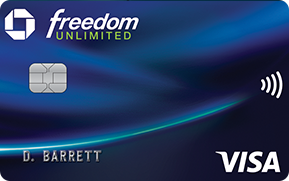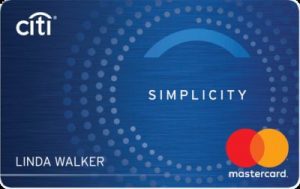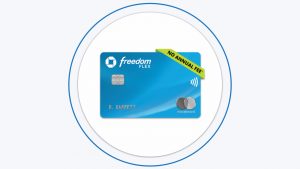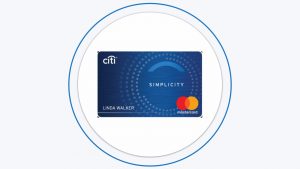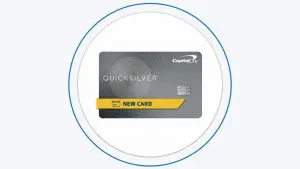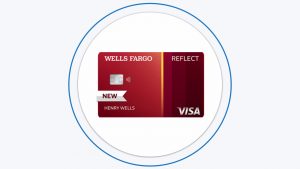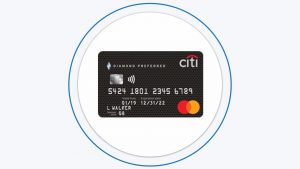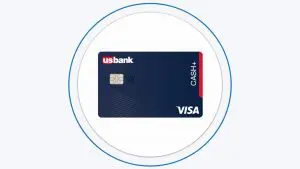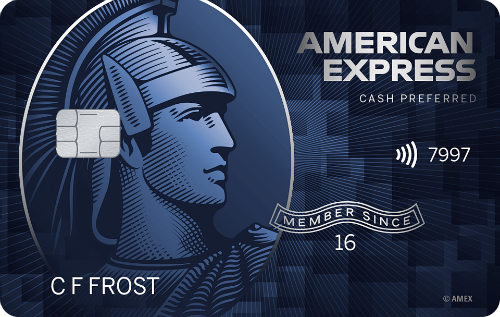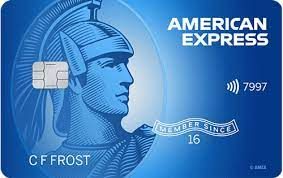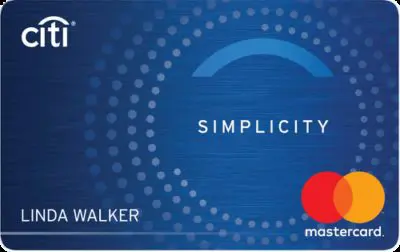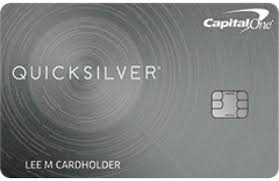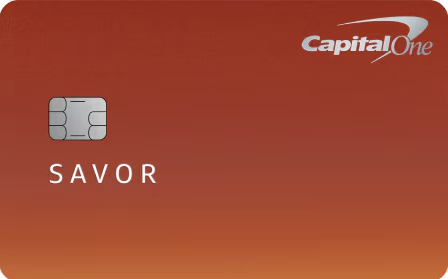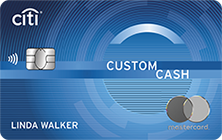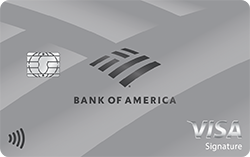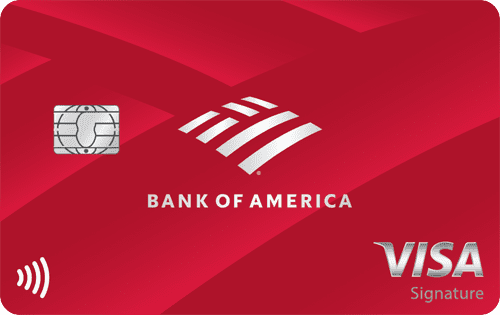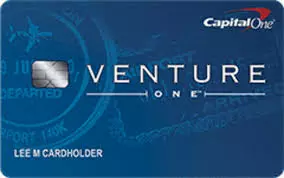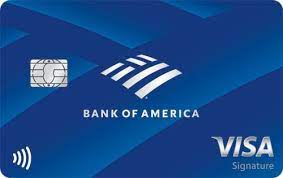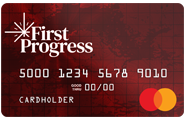Table Of Content
Key Takeaways
- A balance transfer might be a worthy decision if you are transferring a balance from a high-interest credit card to a low or no-interest credit card. Some cards offer 0% interest on balances for some specific period as an introductory offer.
- One common way to negotiate for a transfer balance fee is to mention your good payment history as well as your credit score to the lender. In this case, the credit card company might be willing to reduce or even waive the balance transfer fee entirely.
- In most cases, banks do not agree to waive balance transfer fees. In this case, you can ask them to lower your fee, instead of paying the standard 3% of the balance.
What Is A Balance Transfer?
You're transferring your debt from one credit card to another with a balance transfer. To do this, you need to use a balance transfer credit card – the balance of your old card is paid off by your new card, thus shifting who you have to repay.
In this chart using data from Urban Institute, you can see that the age group 43 to 47 carries the highest average credit card debt. This age group has almost double the credit card debt of their under 32 year old counterparts or seniors aged 68+.
If you owe money on a credit card and the interest rate is typically 15 percent, it might be challenging to keep up with payments. If you transfer this balance to a 0% credit card, you won't have to pay interest until the promotional period ends, which may be up to three years.
In other words, a balance transfer is similar to an interest-free loan if you pay off the card before the 0% offer expires.
What Types of People Should Use a Balance Transfer?
You might consider a balance transfer if you're already paying high-interest rates on your credit cards. It can transfer your debt from a card with a high-interest rate to a low or free interest rate (at least for some time).
If you have a lot of different credit cards with balances on them, and all of them have high-interest rates, you might also want to look into that. Especially if you're having trouble keeping track of everything and making monthly payments.
If you can consolidate everything onto a single card, it may significantly affect your capacity to make the payments you need to make. Additionally, for those who do not want to deal with the trouble of making many payments in a single month, this method will consolidate your debt at the same time.
As a result, you won't have to keep track of all those numerous payment dates.
Negotiation Strategies For Balance Transfer Fee
However, there is a price to pay – transfer fees.
Even though balance transfer fees are paid only once (when the new card is issued), they could be hefty. Sometimes they are so high that the new interest rate does not justify the transfer. More of your payment will go toward reducing your credit card balance instead of toward paying interest
This is a short guide on negotiating a low balance transfer fee.
-
Compare Fees
This will be your first homework – comparison. Before you start negotiating, you need to be well-prepared and, of course, well-informed. Research the industry; check out other banks and lenders and the conditions they offer.
Competition is fierce. Therefore you might find someone who offers much lower rates than your current ones. Use that information to press your bank when negotiating.
Be on the lookout for future promotions. If the rate is reasonable, one or two months of waiting are worth it. Sometimes credit card issuers can offer up to 18 interest-free months. Do not hesitate to change the credit card issuer if another offers better terms.
Card | 0% Intro | Balance Transfer Fee |
| Chase Freedom Unlimited® | 15 months on purchases and balance transfers | $5 or 5% |
|---|---|---|---|
| Citi Simplicity® Card | 12 months on purchases and 21 months on balance transfers | $5 or 5% (whichever is greater) |
| Wells Fargo Active Cash | 15 months on purchases and qualifying balance transfers | $5 or 5% (the greater) |
| BankAmericard® credit card | 21 billing cycles on purchases and balance transfers made within the first 60 days | 3% or $10, whichever is greater |
| U.S. Bank Visa® Platinum Card | 20 billing cycles on purchases and balance transfers | $5 or 3% (the greater) |
-
Calculate Your Savings
After comparing fees among credit card issuers and deciding on the best offers, you have to sit down, take out the calculator and do the maths.
How much will you save?
Ok, the first thing to do is see how much you will eventually save if you make a balance transfer. When computing, use the annual percentage rate rather than the stated rate. The rate with which the bank attracts you, and the former is the amount of money you must pay in interest.
Compare the result to your current credit card and find out how much you will save in the event of a balance transfer. Then see how much will the transfer fee cost. You might proceed with the following steps if there is a significant difference.
Sometimes, people have several credit cards with different balances and rates, confusing owners.
-
Knowledge Is Power
Whoever said that knowledge is power was correct. Think that way – a balance transfer means a new contract with the credit card issuer. Contracts must be read carefully before signing, especially the fine print.
Some of the essential things you have to be aware of are:
- The spread between the old and the new interest rate
- Is there any grace period, and how long
- Is there a universal default option
Also, you should carefully do the maths – is the balance worth the effort, time, and money spent on fees? If the balance fee is very high and the interest rate (when you calculate it!) cannot make up for the difference, is it worth it? How does this benefit you? How long are you going to repay the debt?
How to Negotiate Smartly?
Let's assume that you have done extensive research and found the best offers on the market. Also, you have calculated that you would benefit from the balance transfer in the long run. The next step is to go to your future (or current) lender and negotiate the terms of the balance transfer and the fee.
If you are a diligent payer and have been a client for a long time, mention your loyalty and also solid payment history. This is always very important when determining new terms.
Maybe you have had a card but no longer have one. Indeed, the bank will try to attract you and “sell” you one of their credit card promotions. The point is to take advantage of the situation and get the best terms and conditions and a fee waiver.
Make a list of all the things you would like to achieve – and make sure you get it.
-
Waive The Balance Transfer Fee
The next step you have to do is try to make your bank waive the balance transfer fee.
Again, use your payment history and all the transactions you have made. Another thing you can experiment with is your credit score. No bank will neglect a stellar credit score, which could be one of the aces up your sleeve. Not only will the bank waive your fee, but it will also give a reasonable interest rate on the new card if you have a good credit score.
Don't forget: Sometimes banks are unwilling to give you the terms you expect. Tease them and tell them that this or that bank offers you these conditions.
Occasionally, banks do not accept waiving the transfer fee. If this is the scenario, you can negotiate a lower fee – 100$, for example. Remember that the balance transfer fee can be up to 3% of the balance.
-
Patience is The Key
You have to understand that patience is really important in the process of negotiating.
If the person you’re speaking with isn’t very experienced, you have the right to ask to speak with a manager or supervisor. When it comes to banks and offers, nothing is set in stone—you can negotiate and try to adjust the terms in your favor. Even if you're unable to waive your balance transfer fee, you might still end up with some great terms.

How to Choose a Balance Transfer Card?
Besides the fee, make sure you compare credit cards before transferring a balance or even applying for a balance transfer credit card:
-
How long does the introductory period last?
You'll want to make sure you know how long you have to take advantage of the 0% interest rate. After all, it'll only provide you a certain length of time (usually 12 to 18 months).
You'll have to pay interest once you reach that point, so make sure you pick the longest duration possible. It will assist you in making payments without having to spend all of your money on interest and not actually paying off the debt.
-
Credit Limit
When it comes to your credit limit, you want to make sure you have some flexibility and freedom, but don't go too far.
You'll also want to be sure you can condense everything you want without any issues. You'll have difficulty getting what you want if you can't transfer all the amounts, add fees and interest, and more.
If you're just getting started with credit and aren't sure what you're doing, you might want to start with a card with a modest limit. These cards will assist you in getting started and better understanding the process of using credit cards.
If you're the sort that easily falls into debt or isn't quite as responsible with money, this is a vital step to take that will make it simpler for you to remain out of trouble.
-
APR
When the promotional period ends, you'll be charged interest at the standard balance transfer rate (sometimes the same as the purchase rate).
After the promotional time ends, you don't want to be stuck paying a high-interest rate, especially if the promotional period isn't long enough to pay off the entire balance transfer.
Many credit cards offer the same introductory rate for both purchases and balance transfers, which can make the deal even more attractive.
However, an introductory purchase rate can work against you. If you’re adding new charges to the card, it could make it harder to pay down your balance transfer, since the promotional rate applies to both.
-
Annual Fee
These are the annual fees that you are paid, and they essentially just allow you to have the card. If you use a balance transfer card, you are unlikely to be charged one of these fees.
Top Offers
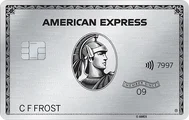

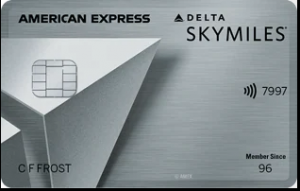
FAQs
You can actually check this for yourself using any number of free online balance transfer calculators. If you are considering a credit card balance transfer, your first step should be to calculate how long you need to repay the debt.
Balance transfer calculators will determine when your debt is paid off based on the information you enter. You can usually enter up to five current credit cards, including your new card details. The calculator does the rest.
The balance transfer fee gets charged any time you transfer debt between credit cards. It is usually between 3% and 5% of your total transfer and usually has a small fee (usually between $5 and $10).
You get charged this fee by the card company that issued you the card where you transferred the debt. A balance transfer can help you take advantage of lower interest rates, a move that can save you interest charges.
No, you are charged a specific percentage (card-dependent) any time you opt to transfer funds from one card to another. So, for example, if you transfer $100 from one card to another every month, you can expect to be charged anywhere from 3% to 5%.
If you require frequent balance transfers, you should look for card companies that have the lowest transfer fees available in order to minimize the impact of fees.
Credit card balance transfers usually take between 5 and 7 days. However, some major card issuers require customers to allow anywhere from 14 to 21 days to complete the balance transfer transaction.
As such, if you are considering getting a new balance transfer credit card and want to make sure you know how long the transfer will take, be sure to carefully read through the card’s requirements before signing up.

